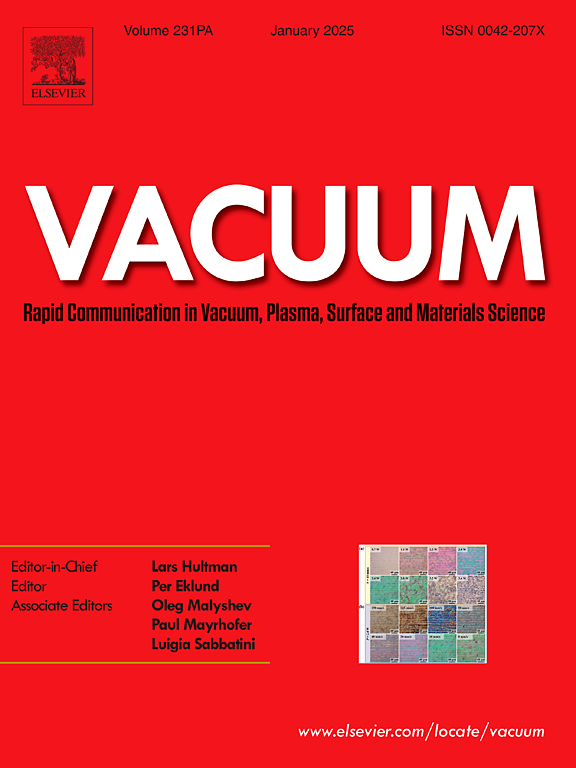Regulation in mechanical properties and structural morphology of M2B-type borides in Fe-B-C alloy
IF 3.8
2区 材料科学
Q2 MATERIALS SCIENCE, MULTIDISCIPLINARY
引用次数: 0
Abstract
Fe2B in Fe-B-C alloy has the characteristics of inherent brittleness and continuous and coarse morphology. When stress is concentrated, cracks will be easily formed, resulting in failure of the alloy, which limits its application and development. In this paper, theoretical calculations and experiments are combined, Fe2B is toughened by atomic doping firstly, then the morphology of Fe2B is regulated by heterogeneous nucleation, and finally the service performance of the alloy is greatly improved. The results of first principle calculation show that compared to Mn, Co and Ni elements, Cr element exhibits the best toughening effect, which is because the addition of Cr weakens the directional covalent bonding of Fe2B. Compared to the lattice mismatch between TiN, TiC, α-MnS and M2B, the lattice mismatch between α-MnS and (110)M2B is low and less than 6 %, and the interface energy of α-MnS(100)//M2B(002) is greater than 0, indicating that α-MnS is an effective heterogeneous core of M2B. After adding K2SO4 to Fe-B-C alloy, α-MnS is formed in the alloy. During the solidification process, M2B grows around the effective heterocore α-MnS, forming isolated blocks in the alloy, and the shape factor of M2B increases from 0.067 to 0.353. Meanwhile, the impact toughness of Fe-B-C alloy increases from 5.9 J cm−2 to 14.2 J cm−2, demonstrating the improving mechanical property of Fe-B-C alloy.
求助全文
约1分钟内获得全文
求助全文
来源期刊

Vacuum
工程技术-材料科学:综合
CiteScore
6.80
自引率
17.50%
发文量
0
审稿时长
34 days
期刊介绍:
Vacuum is an international rapid publications journal with a focus on short communication. All papers are peer-reviewed, with the review process for short communication geared towards very fast turnaround times. The journal also published full research papers, thematic issues and selected papers from leading conferences.
A report in Vacuum should represent a major advance in an area that involves a controlled environment at pressures of one atmosphere or below.
The scope of the journal includes:
1. Vacuum; original developments in vacuum pumping and instrumentation, vacuum measurement, vacuum gas dynamics, gas-surface interactions, surface treatment for UHV applications and low outgassing, vacuum melting, sintering, and vacuum metrology. Technology and solutions for large-scale facilities (e.g., particle accelerators and fusion devices). New instrumentation ( e.g., detectors and electron microscopes).
2. Plasma science; advances in PVD, CVD, plasma-assisted CVD, ion sources, deposition processes and analysis.
3. Surface science; surface engineering, surface chemistry, surface analysis, crystal growth, ion-surface interactions and etching, nanometer-scale processing, surface modification.
4. Materials science; novel functional or structural materials. Metals, ceramics, and polymers. Experiments, simulations, and modelling for understanding structure-property relationships. Thin films and coatings. Nanostructures and ion implantation.
 求助内容:
求助内容: 应助结果提醒方式:
应助结果提醒方式:


